The target audience is to whom you market your product, service, or brand. They are the most important element of any business.
Finding your target audience is one of the most important tasks. Without knowing who you’re talking to, your marketing efforts can fall flat.
If you’re launching a new product or changing your marketing, you need the right audience. It helps you focus your time, energy, and resources in the right direction.
In this blog, we’ll walk you through five simple steps on how to find your target audience, with real-world examples to make these concepts clear.
But before that-
What is a Target Audience?
Before diving into the steps, let’s learn more about what a target audience is.
A target audience is a specific group of potential customers who are most likely to buy your product or engage with your service.
This group shares common characteristics, such as demographics, psychographics, and behaviors.
By identifying your target audience, you can customize your messaging, marketing strategies, and even product offerings to meet their needs and preferences.
Target Audience vs. Target Market
It’s easy to confuse the terms “target audience” and “target market.” While they might sound similar, they are different:
- Target Market: A broad group of potential customers who might benefit from your product. It includes a large range of people who share basic characteristics (like age, location, and income).
- Target Audience: This is a more specific group within the target market that you actively market to. It’s narrower and focused on people who have demonstrated interest in what you offer, making them more likely to convert.
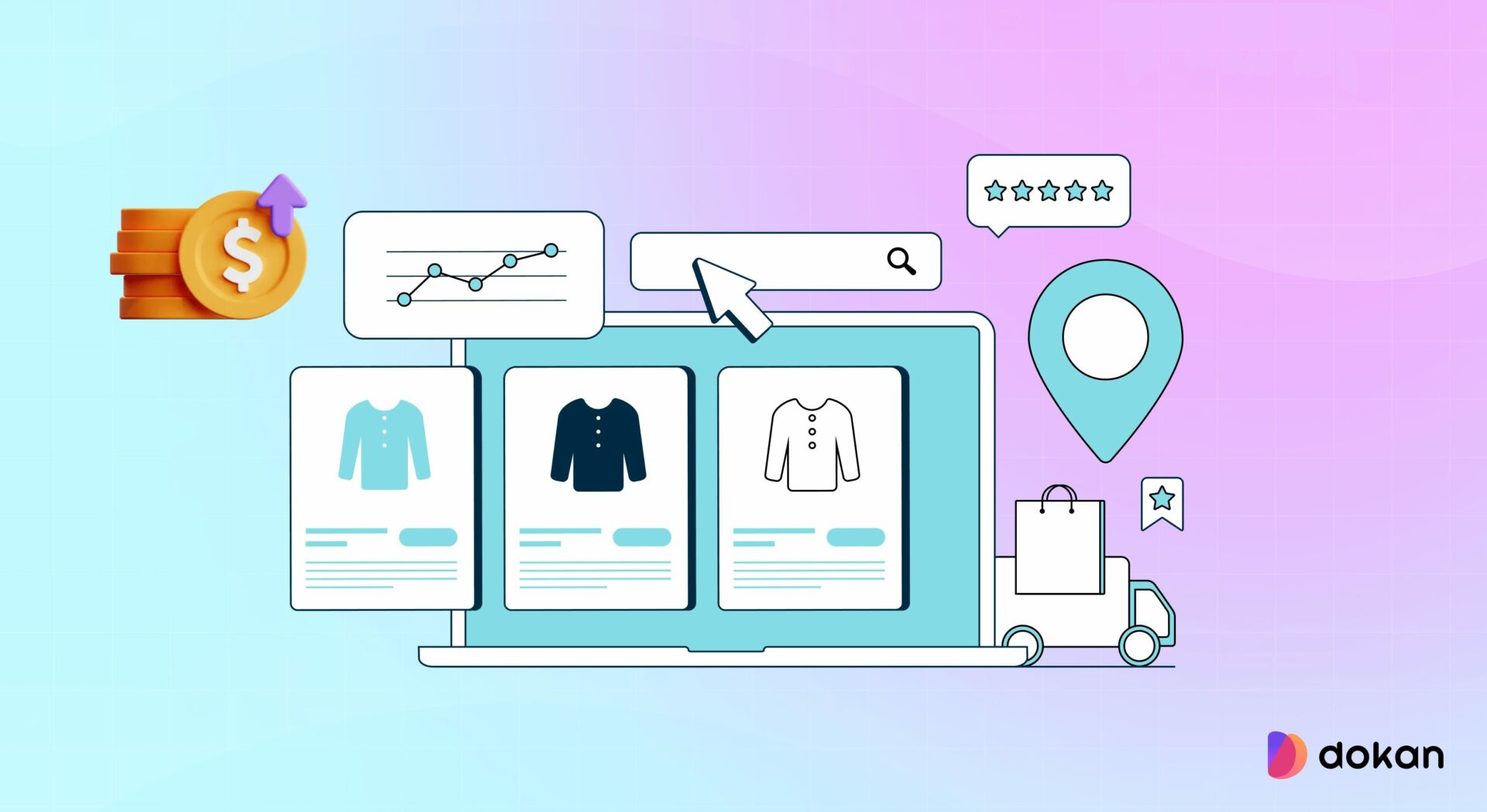
Understanding this difference is key when learning how to find your target audience.
Examples of Target Audiences
Let’s take a look at a few examples of target audiences:
- A brand selling luxury skincare might target affluent women aged 30-50 with a focus on natural beauty.
- A fitness app may target health-conscious individuals aged 18-35 who enjoy working out and following wellness trends.
- A tech company selling smartphones may aim to reach young professionals who are always on the go and appreciate the latest technology.
Now, let’s explore why knowing how to find your target audience is so important.
Why Do You Need a Target Audience?
Knowing how to find your target audience is essential for several reasons:
- Efficient Use of Resources: When you know who your audience is, you can direct your marketing budget and time toward reaching them, saving both money and effort.
- Customized Messaging: Understanding your audience allows you to craft messages that connect with them, leading to more engaging content and higher conversion rates.
- Increased Engagement: Engaged customers are more likely to spread the word about your brand, making it easier to acquire new customers.
- Improved Product Offerings: By knowing how to find your target audience and understanding their needs, you can develop products or services that solve their specific problems.
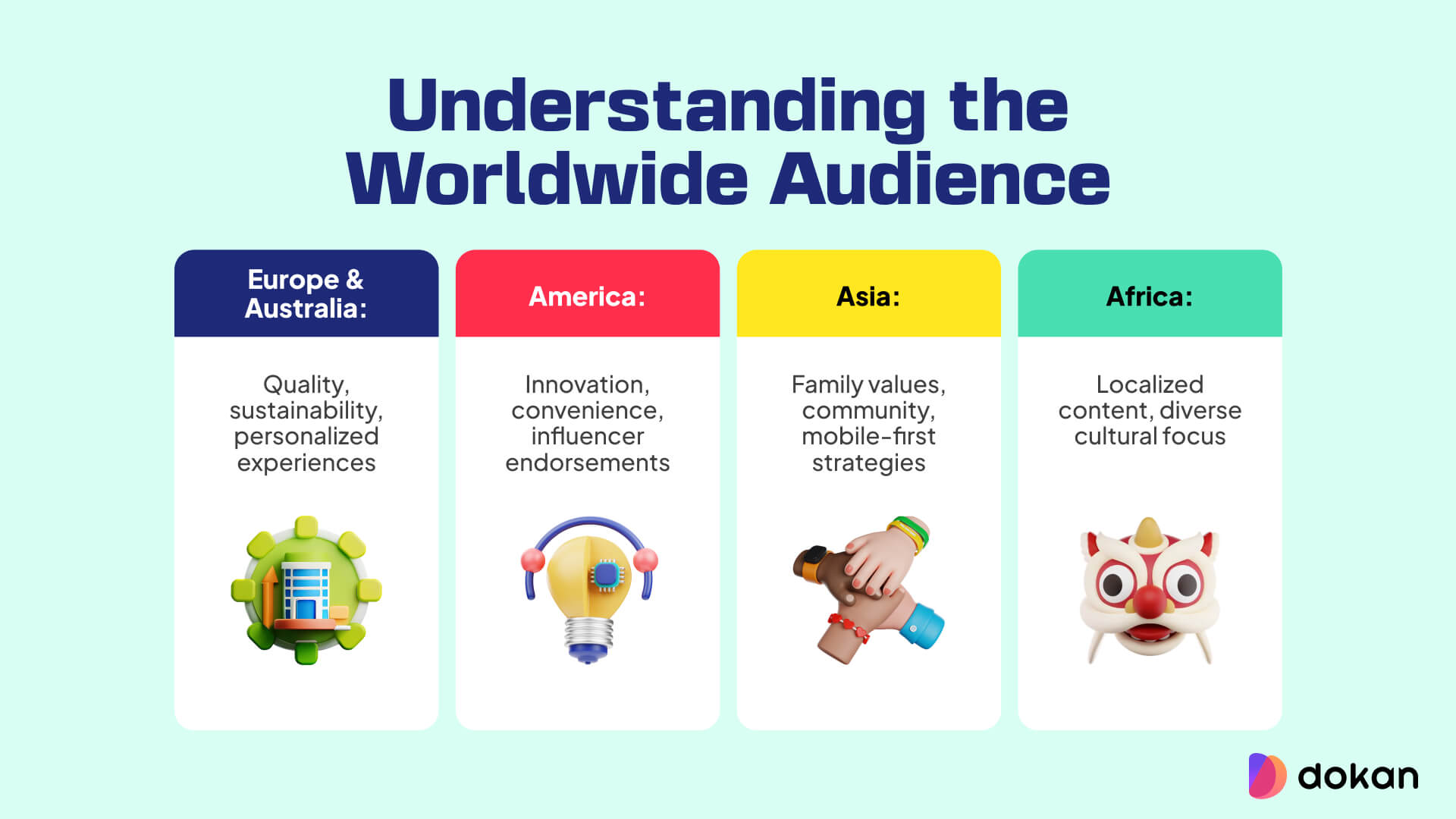
In short, without a clear target audience, your marketing is just throwing darts in the dark.
Types of Target Audiences
There are different ways to segment your target audience. Here are some common types:
- Demographic Targeting: This includes characteristics like age, gender, income, education level, and occupation.
- Psychographic Targeting: Focuses on lifestyle, values, interests, and personality traits.
- Geographic Targeting: Segments your audience based on location (e.g., city, region, climate).
- Behavioral Targeting: Looks at purchasing habits, spending patterns, and online activity.
How to Find Your Target Audience
Now that we understand why a target audience is essential, let’s dive into the steps on how to find your target audience.
1. Start with Your Customers
The best place to start when learning how to find your target audience is with your existing customers. Who is already purchasing from you? What common traits do they share?
How to find them?
- Look at your CRM system: Your Customer Relationship Management system holds a goldmine of data about your current customers, including demographics, behavior, and past interactions.
- Survey your customers: A quick survey can give you insights into why people buy from you and what they like about your products or services.
- Customer feedback: Pay attention to customer reviews and support tickets. They often provide insights into who your customers are and what they care about.
By starting with your current customer base, you can understand how to find your target audience. These people have already shown interest in your product, so understanding them can help you find your focus.
2. Look at Your Social Followers
Social media platforms are an excellent way to promote and gather insights about your audience.
The people who follow you on Instagram, Facebook, Twitter, and LinkedIn are already interested in your brand. Understanding them better can help you fine-tune your target audience.
- Platforms like Instagram and Facebook provide detailed analytics about your followers, including age, location, gender, and interests.
- Take note of who is commenting, sharing, and engaging with your content regularly.
Your social media followers are often your most engaged audience. By examining their characteristics and behaviors, you can gain valuable insights into your broader target audience and further refine your approach on how to find your target audience.
3. Dive Into Your Content Analytics
Suppose you’re already creating content (whether through blogs, videos, or other types of media). In that case, your content analytics can offer valuable information about who’s consuming your content and how they’re engaging with it.
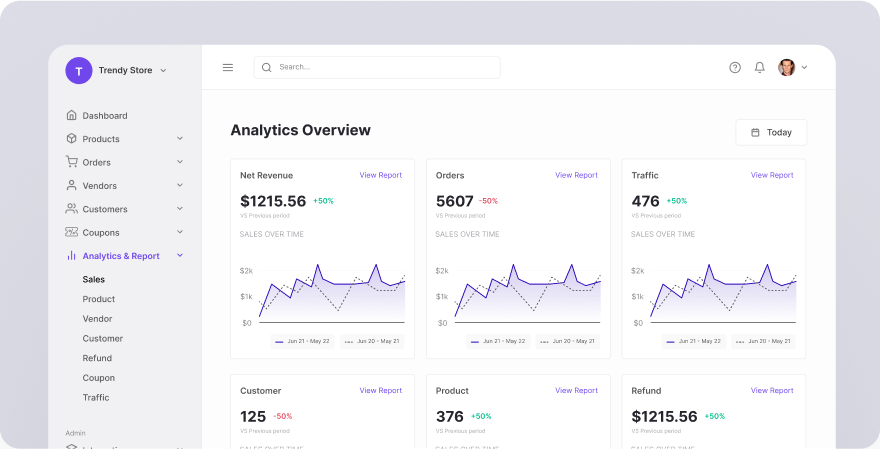
You can follow these steps to analyze content-
- Google Analytics: This tool can tell you the demographics and behavior of visitors to your website, such as their age, location, and interests.
- Social media analytics: If you’re sharing content on social platforms, review engagement metrics to learn about your audience’s preferences and behavior.
- Identify trends: Look for patterns in who is visiting specific pages or posts and engaging with certain types of content.
Your content analytics reveal which people are interested in your content and how they interact with it.
4. Check Out Your Competitors
One of the best ways to learn how to find your target audience is to see who your competitors are targeting. Competitor analysis can uncover gaps in the market or untapped segments you might not have considered.
- Check out your competitors’ social media profiles and websites. Who is engaging with their posts? What kind of messaging are they using?
- Look for information about their audience, such as age, interests, and spending habits. You can often find this in public reports or marketing materials.

By understanding your competitors’ audience, you can identify opportunities for differentiation and find ways to reach potential customers who are underserved by their current offerings.
5. Set Your Parameters
Once you have all this data, it’s time to set clear parameters for your target audience. Create a detailed profile of who your ideal customer is, based on factors like age, income, location, interests, and behaviors.
How to Analyze to Find Ideal Customers:
- Define key characteristics: Age, gender, job title, income level, geographic location, and interests should all be considered.
- Create buyer personas: A buyer persona is a detailed, semi-fictional representation of your ideal customer. It’s an effective way to capture everything you’ve learned and visualize your target audience.
Setting parameters ensures that your marketing efforts are focused on the right people. You can now tailor your messaging, promotions, and campaigns to meet the specific needs and desires of this group, which is the ultimate goal of learning how to find your target audience.
Creating Your Target Audience Profile
Once you’ve gathered all this information, it’s time to create a comprehensive target audience profile. This profile should include:
- Demographic information (age, gender, income, etc.)
- Psychographic details (values, interests, hobbies)
- Behavioral traits (purchasing habits, brand loyalty)
- Pain points and challenges that your product or service solves
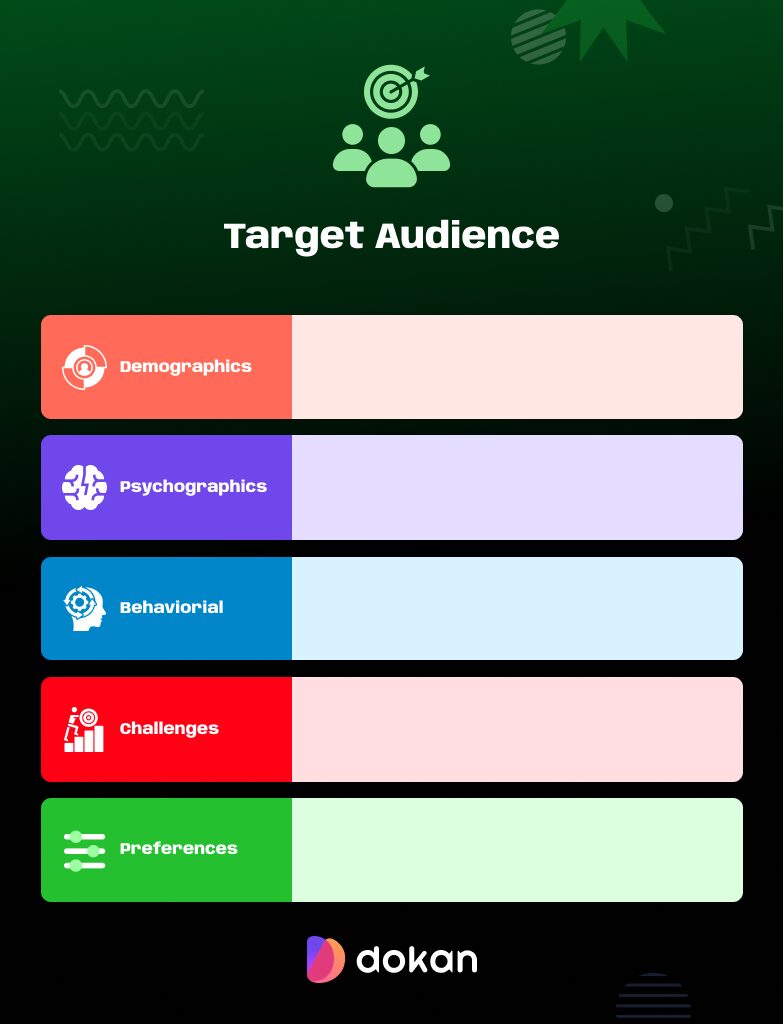
This profile will serve as the blueprint for all your marketing strategies, ensuring that your messaging and campaigns are aligned with your audience’s needs.
Target Audience Examples of Big Brands
Here’s how some well-known brands define and target their audience:
1. Wild One
If you’re selling dog gear—like harnesses, bowls, leashes, and toys—your target market is dog owners. But for this campaign, you’re focusing on young Millennials and Gen Zers with their first dog. To connect with them, your marketing might include user-generated content in social ads showcasing happy pet parents, a weekly newsletter with top dog stories, a pet care blog, and whitepapers designed for first-time owners. Your branding? Sleek, modern, and minimal—just like your audience prefers.
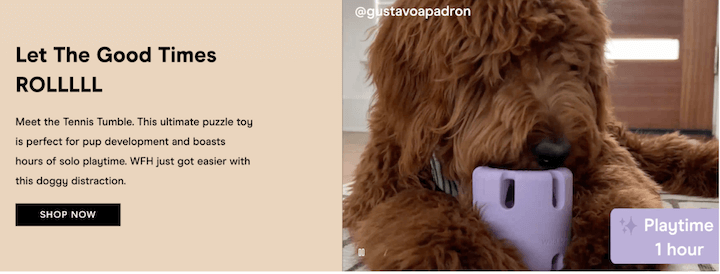
2. Airbnb
The target audience for this campaign is adventurous dog lovers.
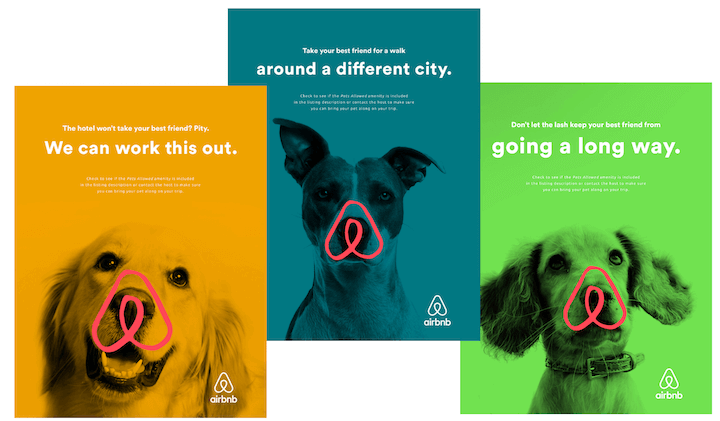
Would these ads have the same impact on dog lovers if they had a photo of a smiling person with a suitcase and then a bullet point that stated there are dog-friendly hosts? Nope.
But Airbnb also runs campaigns that target young couples, single professionals, seniors, and more.
3. Starbucks and Dunkin Target Audience
Starbucks and Dunkin cater to different audiences with distinct approaches.
Starbucks primarily targets college students and professionals with higher incomes. With in-store merchandise, healthy snacks, cozy seating, and free WiFi, it attracts those who enjoy sipping coffee while working, socializing, or unwinding—while also embracing sustainability.
Dunkin, on the other hand, focuses on affordability and convenience. With a minimal in-store experience and lower price points, it appeals to people on the go, often with tighter budgets. Its stronghold is in the eastern U.S., reinforcing its tagline: America runs on Dunkin’..
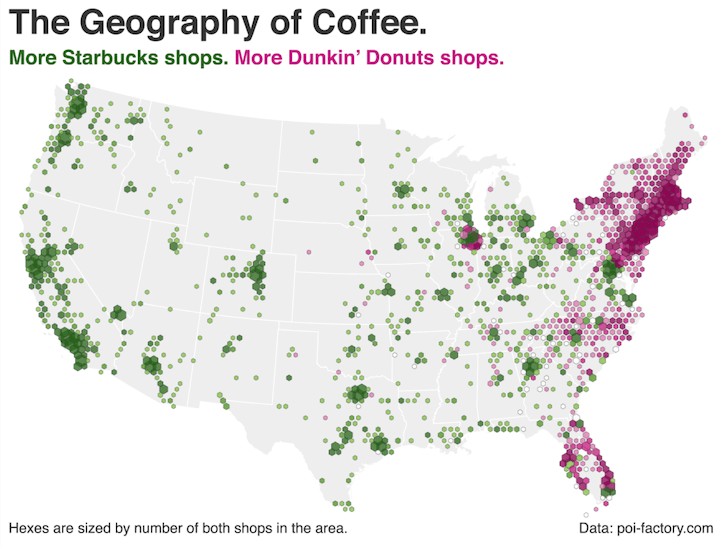
Find the Right Target Audience
You need to learn how to find your target audience as it is crucial for the success of your business.
Follow these five simple steps—start with your existing customers, analyze your social media and content analytics, research your competitors, and set clear audience parameters—you’ll be able to find who you’re marketing to and create strategies that connect with them.
With a clear target audience in mind, your marketing will be more focused, effective, and rewarding.
Remember, your target audience is not set in stone. It’s something that evolves as your business grows and as customer needs change, so it’s important to keep updating your approach.
If you want to find vendors for your marketplace, read our guide on how to find vendors for your marketplace.
By investing time in understanding how to find your target audience, you’re investing in the future success of your business.
Subscribe to
Dokan blog
We send weekly newsletters, no spam for sure!

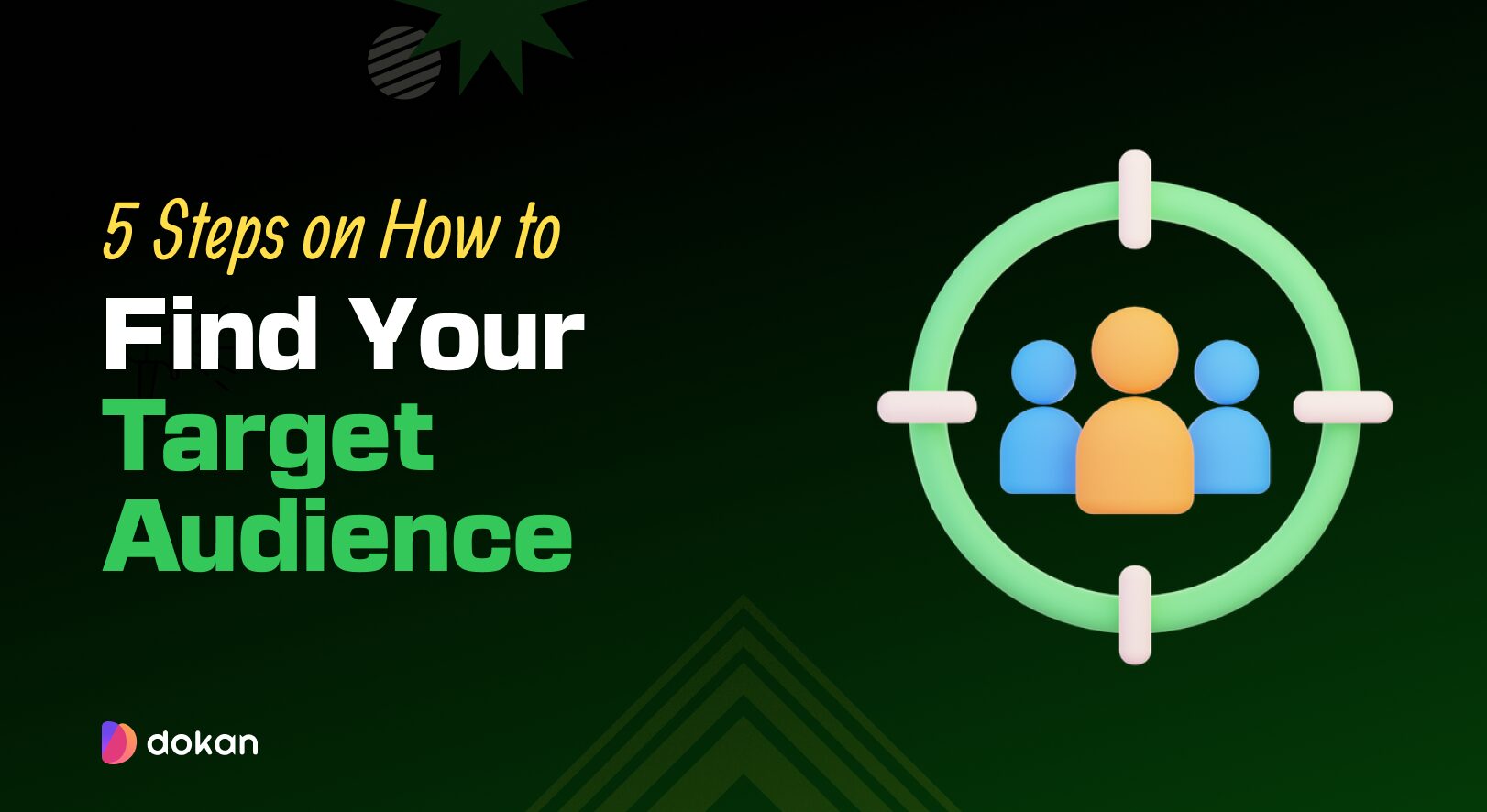


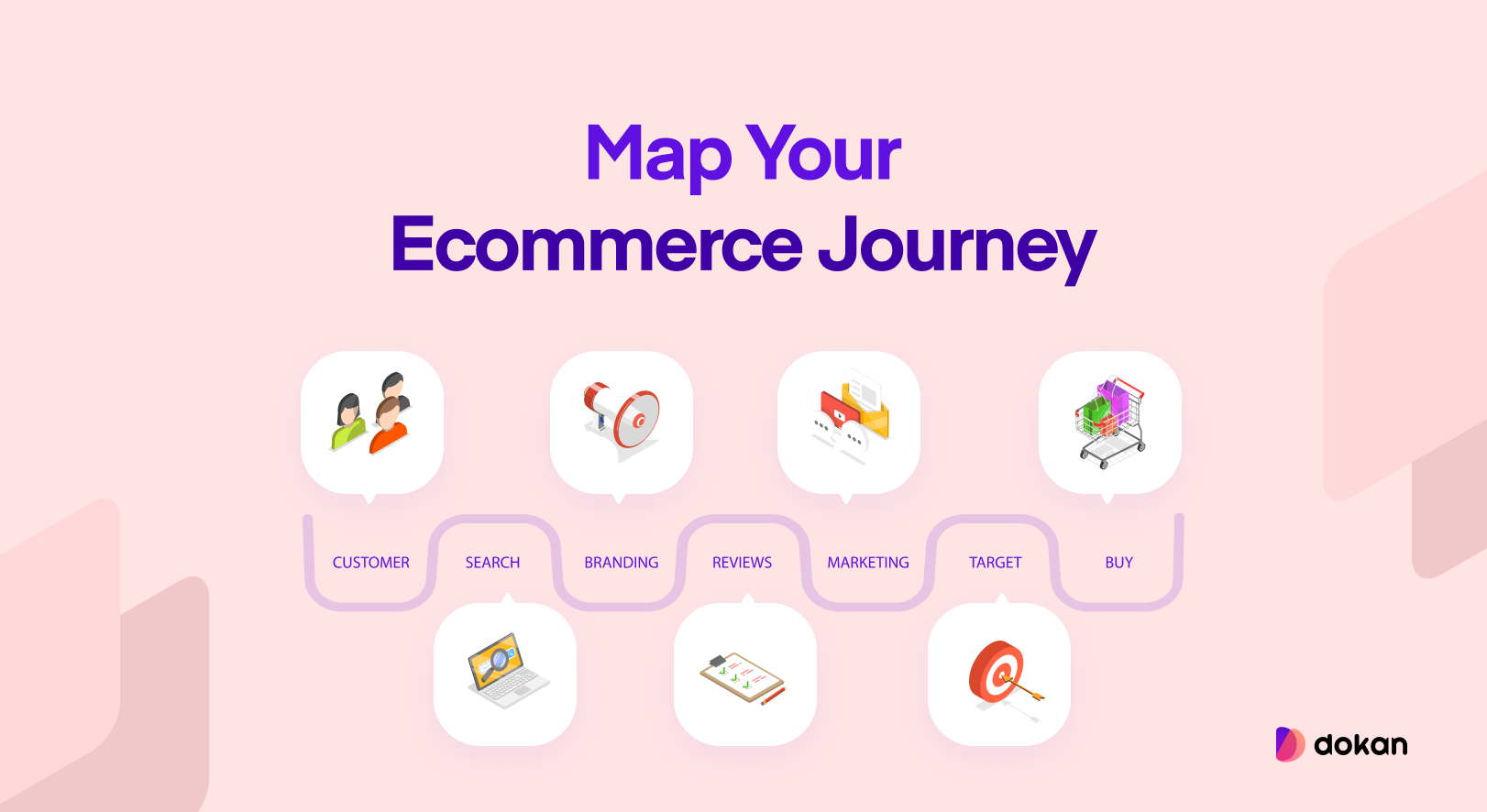
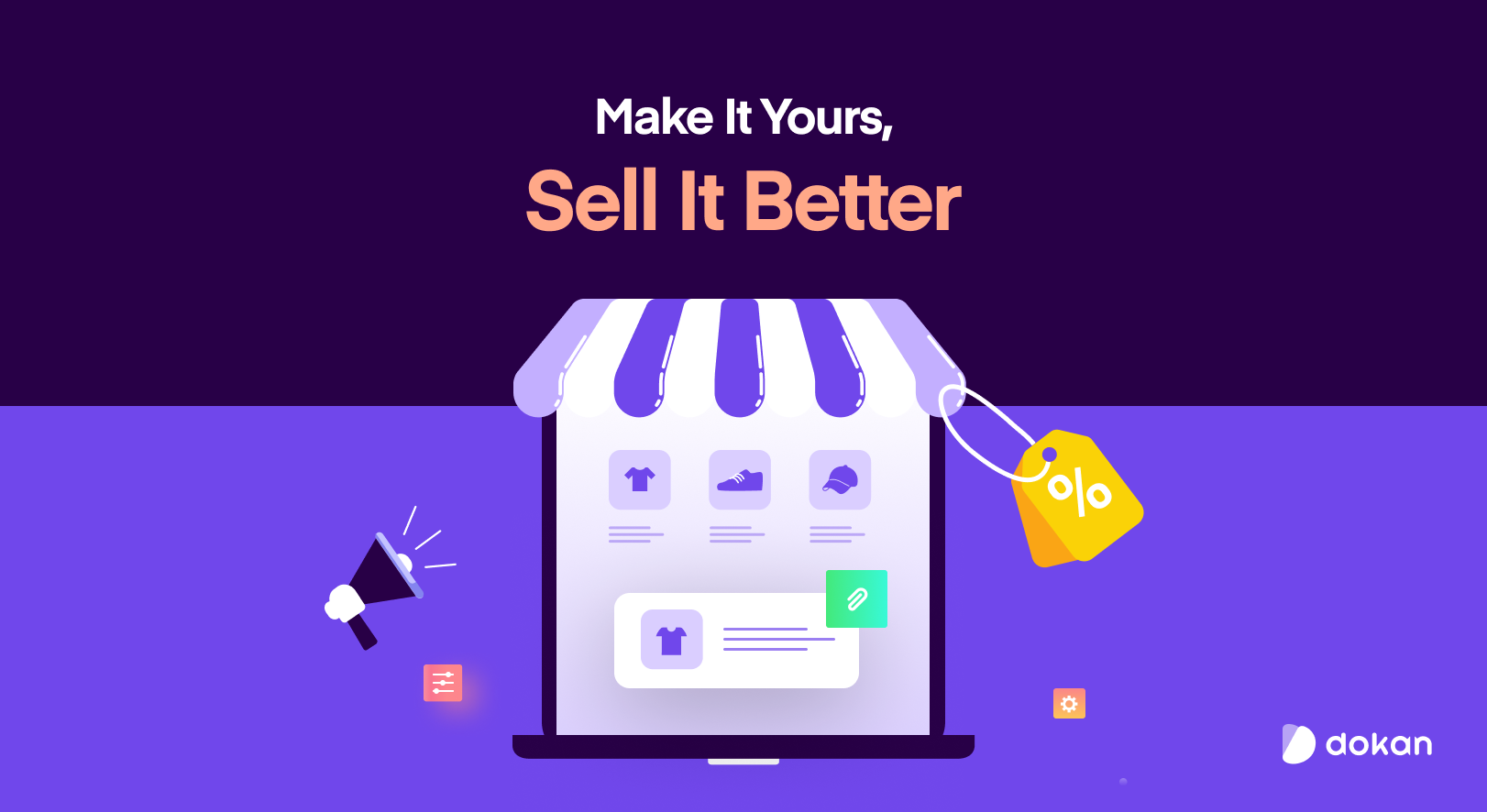

Leave a Reply